There are many postcards on the Internet from old Aden under British control. This continues the series with more views of camels and a bullock in Aden.
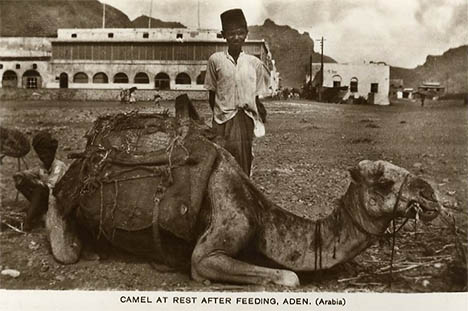
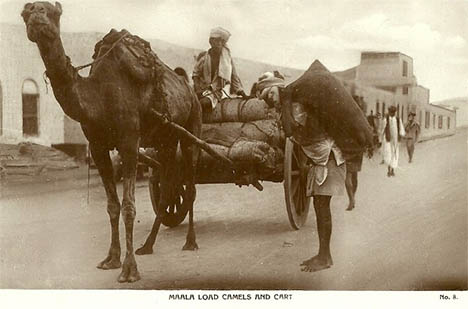
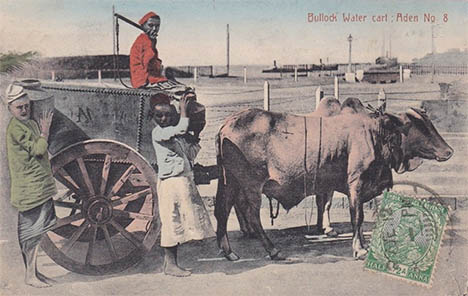
to be continued… for #11, click here.
There are many postcards on the Internet from old Aden under British control. This continues the series with more views of camels and a bullock in Aden.



to be continued… for #11, click here.
There are many postcards on the Internet from old Aden under British control. This continues the series with views of the camel caravans that came to Aden.
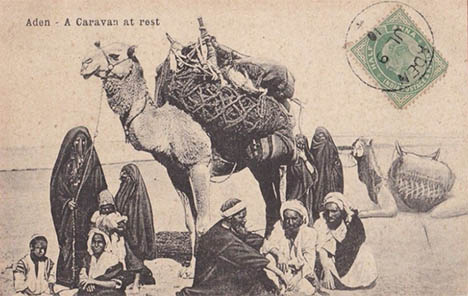
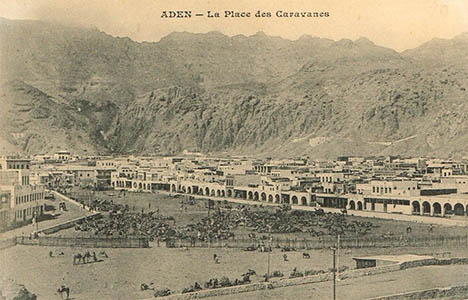

to be continued… for #10, click here.
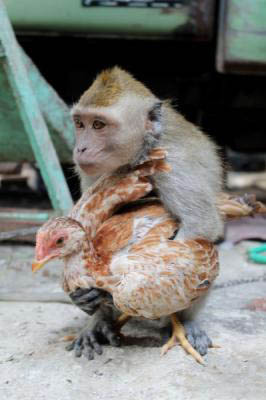
من غرائب الطبيعة .. قرد يقع ÙÙŠ Øب دجاج
الإثنين, 27-يناير-2014
Øضرموت نيوز – اليمن متابعات
وقع قرد ÙÙŠ غرام دجاجة من النظرة الأولى، Øين شاهدها ÙÙŠ سوق Ù…Øلية بجزيرة جاوا الإندونسية، بينما كان برÙقة مالكه.
وقالت صØÙŠÙØ© «ديلي ميرور»، إن مشهد القرد والدجاجة معا صار مألوÙا ÙÙŠ سوق منطقة بانيوانغي، الواقعة ÙÙŠ الطر٠الشرقي من جزيرة جاوا.
وأضاÙت الصØÙŠÙØ© التي نشرت صورا للثنائي السعيد، أن القرد يملكه رجل يدعى، Øكيم، ويقيده بالسلاسل Øتى لا يتمكن من التØرك لمساÙØ© بعيدة، ما Øرمه من الاستمتاع بقضاء أوقات طويلة مع Øبيبته الدجاجة.
ويأتي خبر العلاقة الغرامية بين القرد والدجاجة، بعد أن ذكرت تقارير صØاÙية أواخر العام الماضي، أن كلبا من Ùصيلة الراعي الألماني، وقع ÙÙŠ غرام وزة تمكنت من ترويضه بسبب طبعه الشرس، والذي كان يتطلب قيام شخصين بإطعامه، واØد لإلهائه والآخر لرمي وعاء الطعام ÙÙŠ Øظيرته.
وكان الكلب (ريكس)ØŒ البالغ من العمر 11 عاما، يعيش ÙÙŠ دار لرعاية الØيوانات الشاردة، ÙˆÙŠÙ†Ø¨Ø ÙˆÙŠØªØ°Ù…Ø± من كل شيء يمر من أمامه، ويطارد الأرانب البرية لأكلها، لكنه سرعان ما هدأ Øين شاهد وزة تدعى «جيرالدين» ووقع ÙÙŠ غرامها من النظرة الأولى، وصارا يتنزهان معا وينامان ÙÙŠ سرير واØد كل ليلة.<
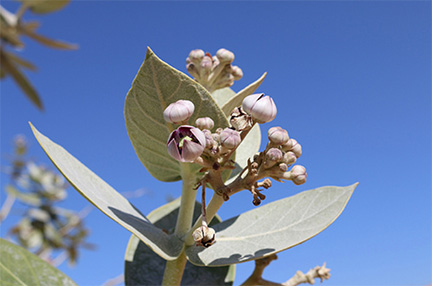
On Flickr there is a nice photo montage of plants and animals in the United Arab Emirates. check it out here. This was put up by Thorsten Gerald Schneiders, who has several photostreams about the UAE.
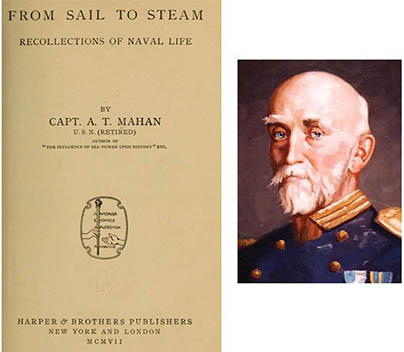
Alfred Thayer Mahan (1840-1914)
The American admiral Alfred Thayer Mahan is often noted as the man who coined the phrase “Middle East.” After he served in the U.S. Navy on the Union side, he sailed to Hong Kong and passed by the port of Aden in 1867. His comments are brief and reflective more of his own biases than anything significant about Aden. He does provide an interesting description of camels. His narrative is available on archive.org, but I attach here the relevant pages on Aden.
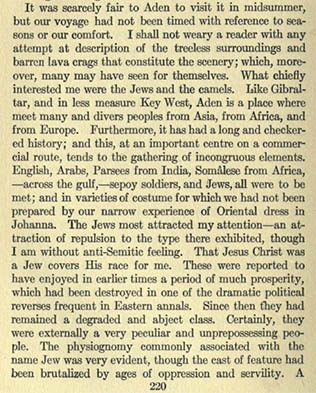
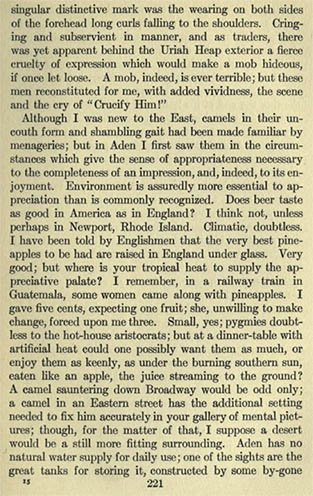
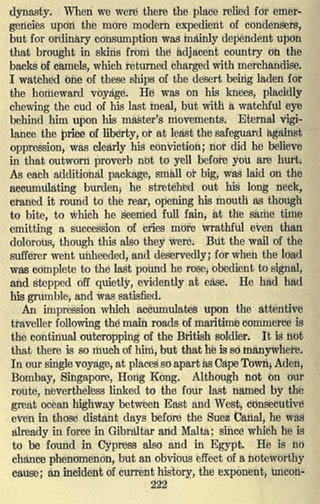

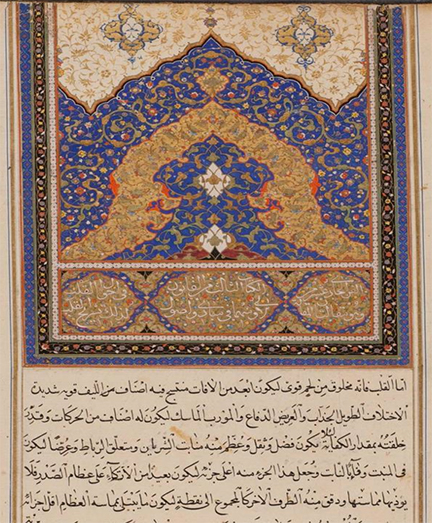
Ibn Sina’s (d. 1037 CE) Qanun, copied in Shiraz in 1645 CE
For anyone interested in the history of Islamic medicine, there are some rare editions of texts by famous Muslim scholars like Ibn Sina (Avicenna), Ibn Masawayh, al-Antaki, al-Damiri, and others, including a few 19th century French translations published in North Africa. These are available to view or as pdfs at Yale University’s library. Below is the press release about the collection:
YALE UNIVERSITY PRESS RELEASE
This digitized collection of selected volumes of medical books and manuscripts, dating from 1300 to 1921, is drawn from the Medical Historical Library, Cushing/Whitney Medical Library. This collection reflects the Arabic and Persian intellectual efforts that translated, augmented, and transmitted Greek and Roman medical knowledge to Western societies during the Renaissance. It includes iconic works by authors such as Avicenna and al-Razi.
The Medical Historical Library, originally formed by the joining of three collections by bibliophiles Harvey Cushing, John Fulton, and Arnold Klebs, has over 120,000 volumes dating from the 12th to the 21st centuries. While primarily composed of works in Western medicine and science, a smaller selection of Arabic and Persian books and manuscripts are a “hidden collection” in the Library. Through the support of the Arcadia Fund, the Medical Historical Library was able to digitize Arabic and Persian books and manuscripts, as well as early translations in Latin, French, and English. Continue reading Islamic Medicine at Yale
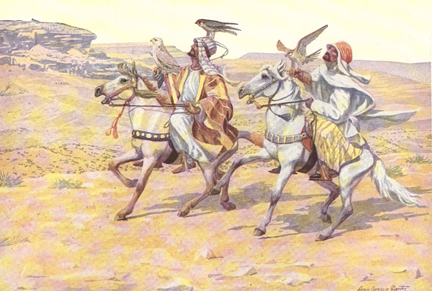
“The Start: Arabs Setting out with Falcons to Course Gazelles. It is difficult to tell just when hawking began. The Arabs, perhaps as early as any other people, trained certain hawks to course the swift desert game. In coursing gazelles, three, five or more hawks are used, and the aid of dogs is required for the actual kill, the hawks worrying and bewildering the game until the dogs can catch up. These hawks are always fed from the eye-sockets of a calf’s head, and naturally turn to this spot in their living quarry. There is great danger that the hawks may be impaled on the horns of the gazelle.
In leafing through a vintage National Geographic Magazine from December, 1920, I came across an article entitled “Falconry, the Sport of Kings” by Louis Agassiz Fuertes, who also drew the paintings included with his text. Falconry, as Fuertes writes, was far more than the sport of kings: “A vast impetus was given to falconry by the returning crusaders, who had become familiar with the methods of the Orient and had brought with them both falcons and trainers. War lords never left their courts without their falconers and a cadge of hawks, to be flown at anything that might be deemed worthy.” The author noted that hunting with falcons was greatly curtailed after the introduction of guns, but continued as a sport. But he wrote just after the Great War, now known as World War I, had ended, and hoped that some of the “less serious pursuits” like falconry would be revived. Although his article does not discuss the falconry of the Middle East in any detail, it does provide two illustrations, which I provide above and below.
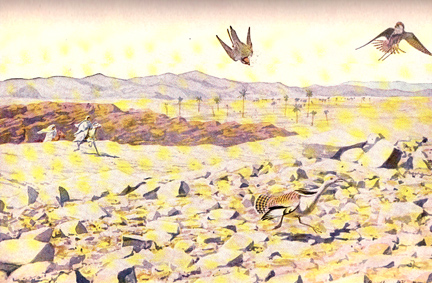
This is one of the most thrilling of all uses of the falcon, for the chase often continues for many miles over the rough desert, where only the stanchest horse can follow. The size and stamina of the quarry, combined with the habit of fleet running instead of flying, make it hard as well as dangerous for the little lanner falcon to kill, as there is so little space to turn away from the ground after the stroke.

The photographs here were taken of camels and people in Libya around 1957 by Dr. Virgil Clift.


[Tabsir Redux is a reposting of earlier posts on the blog, since memories are fickle and some things deserve a second viewing. This post was originally made on April 27, 2013]